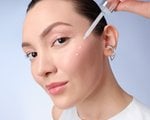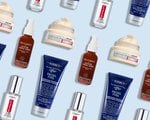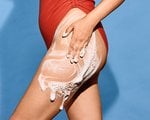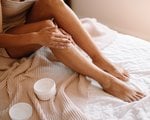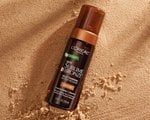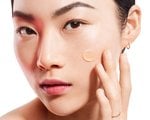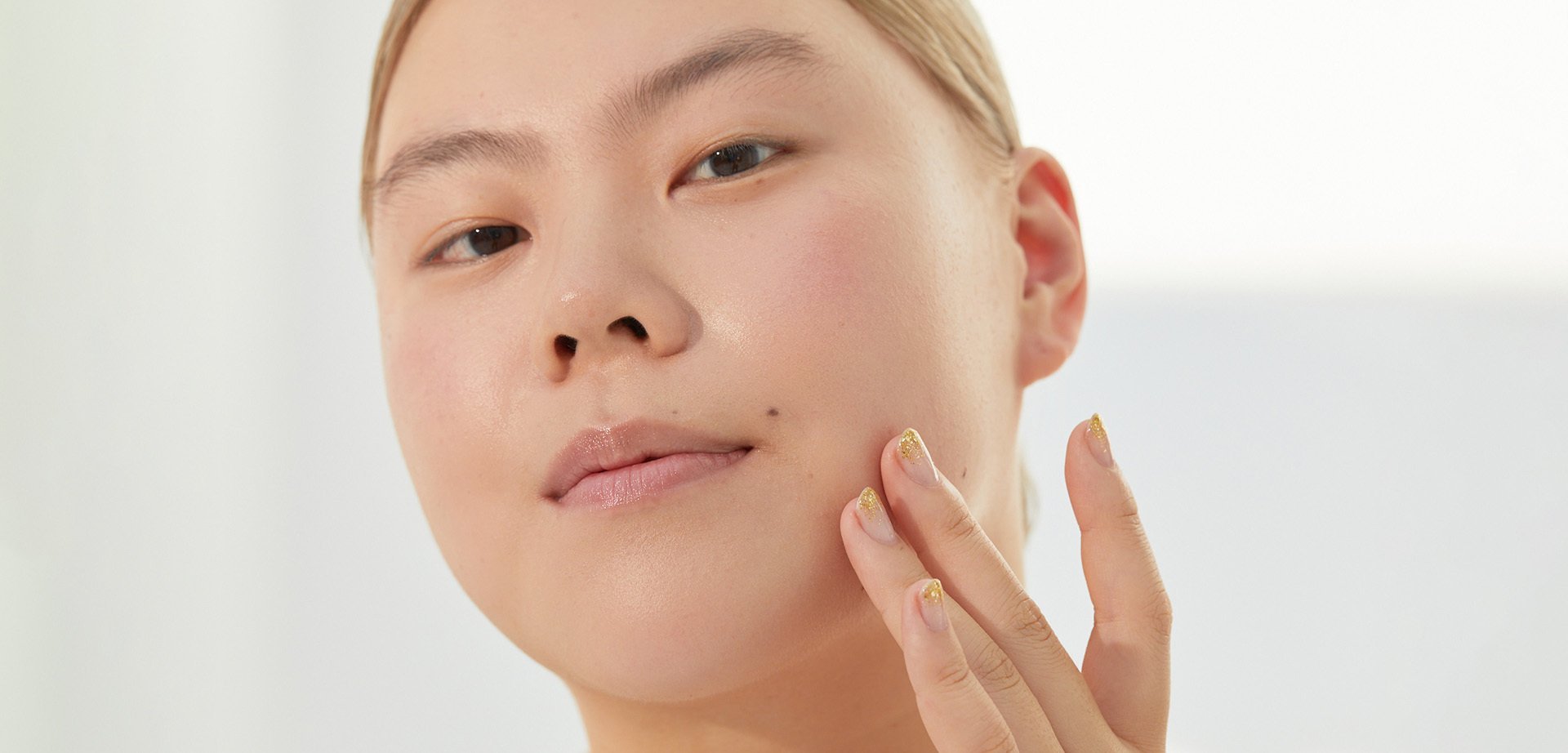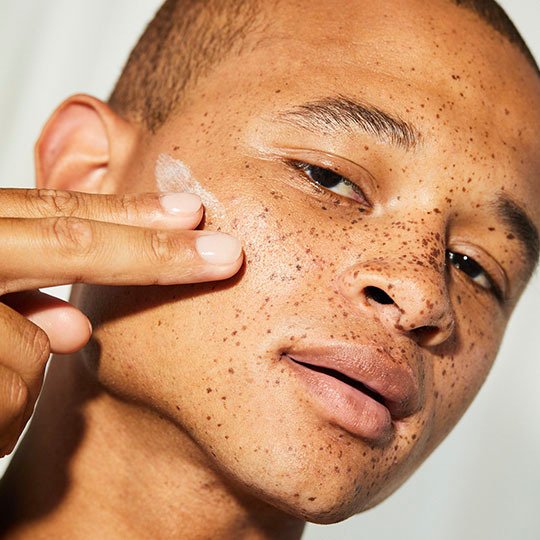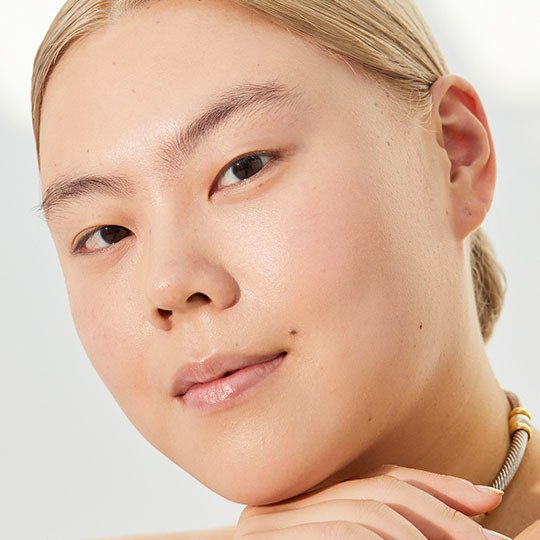How to Address Keratosis Pilaris on Your Legs — AKA Strawberry Legs
July 28, 2023
What Are Strawberry Legs?
“Keratosis pilaris (aka KP, chicken skin bumps or strawberry skin), is a common condition in which too many skin cells grow around [the] affected hair follicles and there is inflammation at their base,” says Dr. Kunin. “This creates the dry, rough and bumpy appearance of the skin as well as the pink polka dots.” She notes that KP can typically be found on the legs, the upper outer arms, the back, bottom and facial cheeks.
According to the American Academy of Dermatology (AAD), even though KP is a completely harmless skin condition, it can come with some irritating side effects, including dryness, itchiness and of course, a spotted appearance.
What Do Strawberry Legs Look Like?
Per the AAD, keratosis pilaris can appear differently depending on your skin tone and the dryness of your skin. The drier your skin (or the drier the climate that you’re in), the more noticeable and irritating the skin concern may become. On those with dark skin, KP may appear as blackish-brown, white or flesh-colored bumps. For those with fair skin, KP may appear as pink, purple, red or flesh-colored bumps.
What Causes Strawberry Legs?
Strawberry skin often appears in places you shave. “The black seed-like dots on your skin are actually open pores harboring oil, dirt or bacteria after shaving,” says Dr. Houshmand. The skin creates a build-up of a protein called keratin (the building block of hair, skin and nails), which creates a plug that blocks the hair follicle, leading to small bumps. “The plug can also trigger inflammation in the skin, which is what causes redness around each hair follicle,” she says. It's important to note that while shaving can sometimes exacerbate the issue, the root cause of the issue is dead skin cells clogging the open pores.
How to Prevent Strawberry Legs
Exfoliate Regularly
Regular exfoliation can help unclog your pores and slough away dead skin cells. When choosing an exfoliant, Dr. Kunin recommends seeking out scrubs or peels that contain alpha, beta or poly-hydroxy acids — otherwise known as chemical exfoliants. In addition, the AAD recommends products that contain glycolic acid, salicylic acid or retinoids. One of our go-to body products with retinol is the Versed Press Restart Gentle Retinol Body Lotion, a fragrance-free formula that contains pure retinol as well as nourishing cocoa butter and squalane.

Keep Your Skin Hydrated
A rich, creamy moisturizer — preferably one that contains urea and/or lactic acid — can help nourish and smooth skin with keratosis pilaris. For best results, the AAD recommends applying a moisturizer to damp skin within five minutes of getting out of the shower to help lock in hydration. You can reapply lotion two to three times a day (or more as needed) to further condition your skin. While originally intended for the face, The INKEY List SuperSolutions 10% Urea Moisturizer Textured Skin Solution is a soothing antidote to dryness and bumps anywhere they may appear.

Reduce Exposure to These Triggers
According to the AAD, keratosis pilaris can worsen during the winter months as well as in dry climates. In addition to exfoliating and moisturizing your skin regularly, you can mitigate dryness by avoiding excess indoor heating and keeping a humidifier in your room. It’s also smart to limit your exposure to hot water — a lukewarm shower will be less harsh and drying on your skin than a steaming hot one.
Consult a Dermatologist
It’s always smart to consult a dermatologist about your skincare concerns, especially if the issue is persistent, the way keratosis pilaris tends to be. According to the AAD, a dermatologist may suggest a topical ointment (such as a higher-strength retinoid like tretinoin), laser treatments and microdermabrasion sessions in order to reduce the appearance of the bumps. The condition tends to go away on its own very gradually, but with routine daily treatment, Dr. Kunin says it is possible to reduce the look of keratosis pilaris.
How to Get Rid of Strawberry Legs
“The most common mistake I see is patients trying to scrub the bumps off with a physical exfoliator,” says Dr. Houshmand. She notes that this will actually cause more redness and irritation, potentially making the condition more noticeable. Instead, try chemical exfoliation, which will help speed up the shedding of dead skin cells and make the skin less prone to clogged pores.
“My favorite products contain AHAs and salicylic acid, a beta-hydroxy-acid that exfoliates dead skin cells,” says Dr. Houshmand. “It travels down into follicles to deep clean pores.” Try using the CeraVe SA Body Wash for Rough & Bumpy Skin, which contains salicylic acid, or the Peach & Lily KP Bump Boss Microderm Body Scrub, which is specially formulated to address keratosis pilaris thanks to a combination of AHAs, PHAs and micro-crystals.
If you prefer to use an exfoliating lotion, we love the CeraVe SA Cream for Rough and Bumpy Skin with salicylic acid or the DERMADoctor KP Duty Lotion for Dry Rough Bumpy Skin with 10% AHAs + PHAs. “Continuous use of exfoliating creams and lotions will certainly help smooth skin and minimize redness and can cure strawberry legs over time,” says. Dr. Houshmand.
In addition to exfoliating ingredients, Dr. Kunin recommends incorporating hydrating skincare products with urea and ceramides into your routine. “Application of a treatment with these ingredients that also contain ceramides, urea and calming agents helps maintain a smooth, hydrated, supple complexion,” she explains.

